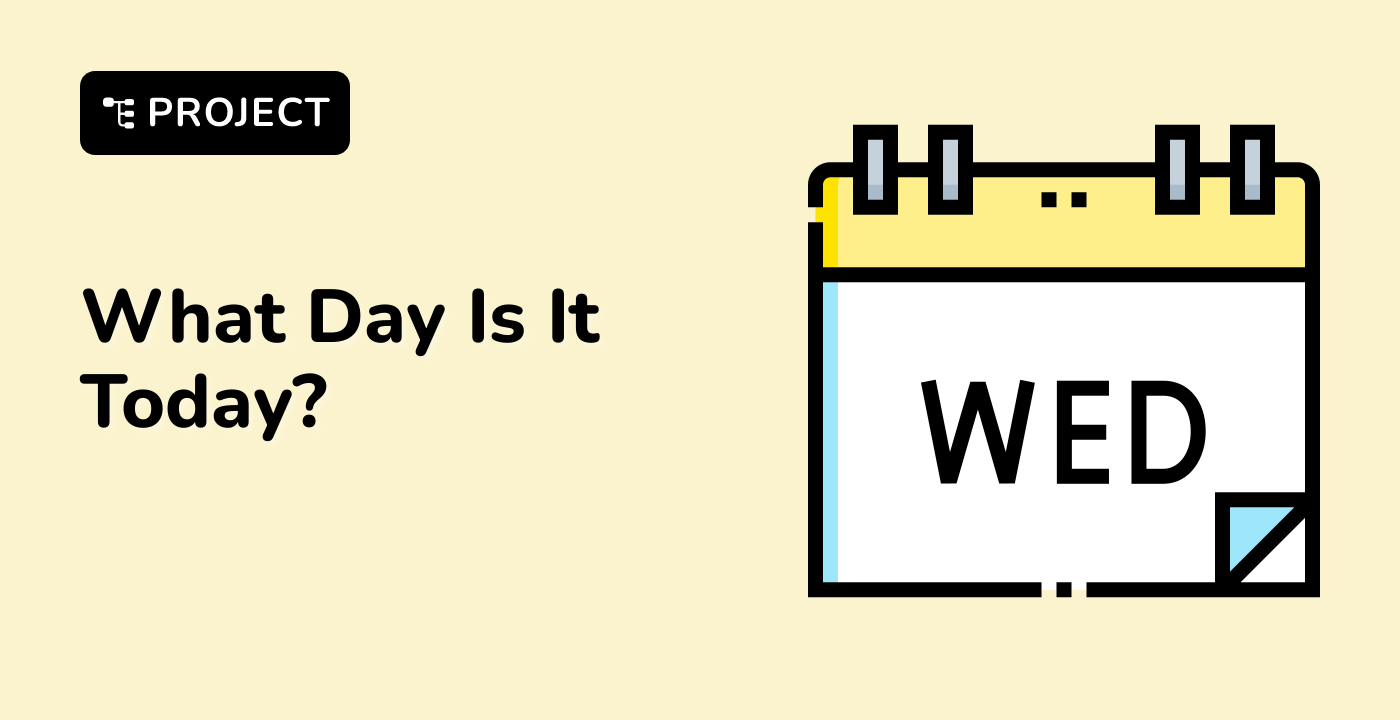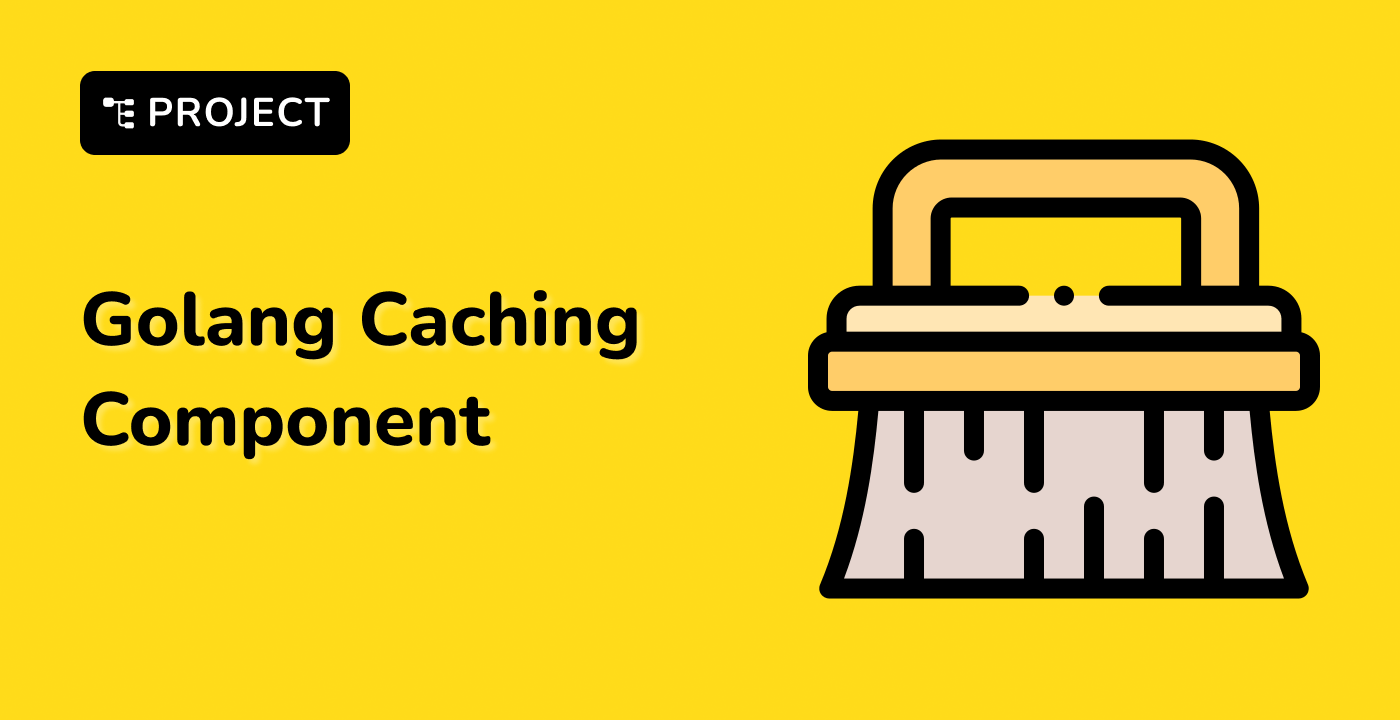Designing Nested XML Structures
One of the powerful features of XML is its ability to represent hierarchical data structures. By nesting XML elements within other elements, you can create complex, tree-like data models that reflect the relationships between different parts of your data.
Nested XML Elements
In XML, elements can be nested to represent the hierarchical nature of the data. This allows you to model relationships between different entities and create a more expressive and structured representation of your information.
Here's an example of a nested XML structure representing a company with departments and employees:
<company>
<department name="Engineering">
<employee>
<name>John Doe</name>
<title>Software Engineer</title>
</employee>
<employee>
<name>Jane Smith</name>
<title>Senior Developer</title>
</employee>
</department>
<department name="Finance">
<employee>
<name>Bob Johnson</name>
<title>Financial Analyst</title>
</employee>
</department>
</company>
In this example, the <company> element contains two <department> elements, each of which contains one or more <employee> elements. This nested structure allows you to represent the hierarchical relationship between the company, its departments, and the employees within those departments.
XML Data Modeling
When designing nested XML structures, it's important to consider the relationships between the different elements and how they will be used. You should think about the following questions:
- What are the main entities in your data, and how do they relate to each other?
- What information do you need to store for each entity, and how can you represent that using XML elements and attributes?
- How can you organize the nested structure to make the data easy to understand and navigate?
By carefully planning your XML data model, you can create XML documents that are both expressive and easy to work with.
Parsing Nested XML in Golang
Golang's encoding/xml package provides support for parsing and manipulating nested XML structures. You can define custom structs that mirror the nested structure of your XML data, and then use the xml.Unmarshal() function to parse the XML into these structs.
Here's an example of how you might parse the company XML example in Golang:
type Employee struct {
Name string `xml:"name"`
Title string `xml:"title"`
}
type Department struct {
Name string `xml:"name,attr"`
Employees []Employee `xml:"employee"`
}
type Company struct {
Departments []Department `xml:"department"`
}
func main() {
// Parse the XML data
var company Company
err := xml.Unmarshal([]byte(companyXML), &company)
if err != nil {
fmt.Println("Error:", err)
return
}
// Access the nested data
for _, dept := range company.Departments {
fmt.Println("Department:", dept.Name)
for _, emp := range dept.Employees {
fmt.Println("- Employee:", emp.Name, "- Title:", emp.Title)
}
}
}
In this example, we define custom structs that mirror the nested structure of the XML data, and then use the xml.Unmarshal() function to parse the XML into these structs. We can then easily access the nested data, such as the department names and the employees within each department.




